Home>Garden Essentials>How Deep To Plant Coneflower Seeds
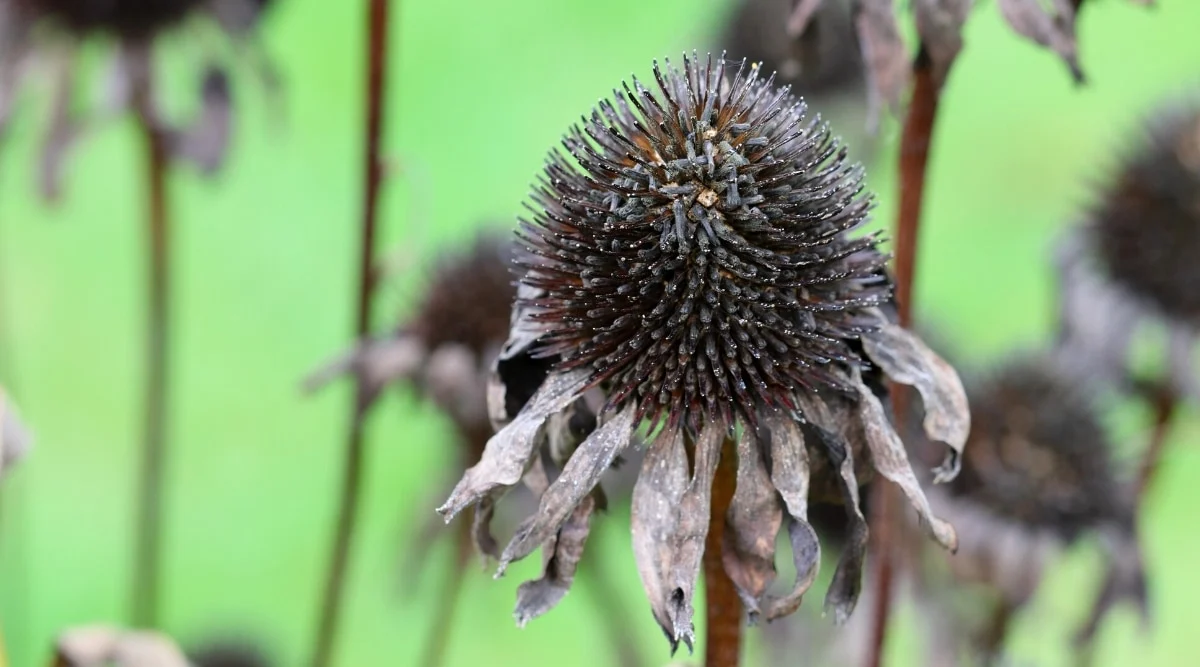

Garden Essentials
How Deep To Plant Coneflower Seeds
Modified: March 15, 2024
Looking to grow coneflowers in your garden? Learn the ideal planting depth for coneflower seeds and ensure successful growth in your garden.
(Many of the links in this article redirect to a specific reviewed product. Your purchase of these products through affiliate links helps to generate commission for Storables.com, at no extra cost. Learn more)
Introduction
Welcome to the world of gardening! If you’re a plant enthusiast and enjoy the beauty of flowers, then you might have come across coneflowers. Coneflowers are stunning, vibrant perennials that can be a striking addition to any garden. Whether you’re a beginner or an experienced gardener, knowing how deep to plant coneflower seeds is essential for their successful growth.
Native to North America, coneflowers are known for their daisy-like blooms and their ability to attract butterflies and bees. They come in various colors, including shades of pink, purple, white, and orange, making them a versatile choice for any garden palette.
Before you start planting coneflower seeds, there are a few factors to consider. This article will guide you through the optimal planting depth, techniques, and care tips to help you grow healthy and vibrant coneflower seedlings.
Key Takeaways:
- Plant coneflower seeds ¼ to ½ inch deep in well-draining soil with 6 hours of sunlight. Care for seedlings by watering, mulching, and providing support for healthy, vibrant growth.
- Avoid common mistakes like overwatering and planting too deep to ensure successful coneflower growth. Consider factors like climate and sun exposure for thriving plants.
Read more: How Deep To Plant Cauliflower Seeds
Factors to Consider Before Planting Coneflower Seeds
Before you start planting coneflower seeds, it’s crucial to consider a few factors that will contribute to their success. Taking these factors into account will help ensure that your coneflowers thrive and flourish in your garden.
- Climate and Hardiness: Coneflowers are hardy plants and can tolerate a wide range of climates, from hot summers to colder winters. However, it’s essential to research the specific variety of coneflower you plan to grow and ensure it is suitable for your climate zone. This will help maximize the chances of successful growth.
- Sun Exposure: Coneflowers love the sun! They require at least six hours of direct sunlight each day to thrive. Before planting your coneflower seeds, choose a location in your garden that receives ample sunlight. This will ensure that your coneflowers develop strong stems and produce abundant blooms.
- Soil Quality: Coneflowers are not too demanding when it comes to soil quality. However, they prefer well-draining soil that is rich in organic matter. Before planting, prepare the soil by adding compost or well-rotted manure to improve its fertility and drainage.
- Watering Needs: While coneflowers are relatively drought-tolerant, they still require regular watering, especially during hot and dry periods. Before planting your coneflower seeds, ensure that the chosen location has access to water. Once established, coneflowers can withstand periods of drought, but consistent moisture will promote healthier growth.
- Companion Plants: Consider the companion plants that will be growing alongside your coneflowers. Coneflowers pair well with other perennials such as black-eyed Susans, ornamental grasses, and lavender. Choosing suitable companions will create a visually appealing and diverse garden while also providing benefits like attracting beneficial insects.
By considering these factors, you can prepare your garden effectively and create a favorable environment for your coneflower seeds to grow and thrive. Once these factors are taken care of, you can move on to determining the optimal planting depth for coneflower seeds.
Optimal Planting Depth for Coneflower Seeds
The optimal planting depth for coneflower seeds is an important aspect that determines successful germination and growth. Planting the seeds at the correct depth allows them to establish strong roots and emerge as healthy seedlings.
When it comes to coneflower seeds, it’s generally recommended to plant them at a depth of about ¼ inch to ½ inch (6-12 mm). This depth is shallow enough to allow the seeds to receive the necessary amount of light for germination while still providing enough coverage to protect them and keep them moist.
To ensure the optimal planting depth, follow these steps:
- Preparing the Soil: Before planting coneflower seeds, loosen the soil and remove any weeds or debris. This will create a favorable environment for the seeds to grow and establish roots.
- Sowing the Seeds: Scatter the coneflower seeds evenly over the prepared soil. If you have purchased pre-packaged seeds, follow the instructions on the packet for the recommended spacing between seeds.
- Covering the Seeds: Gently cover the seeds with a thin layer of soil or a light layer of compost. Make sure the layer is no more than ¼ inch to ½ inch thick. This will provide protection and ensure the seeds are in contact with the soil for proper germination.
- Watering: After planting, water the soil gently to ensure it is evenly moist. Avoid overwatering as excessive moisture can lead to rotting of the seeds.
- Marking the Planting Area: To help you remember where you’ve planted the coneflower seeds, you can mark the area with plant labels or small stakes. This will prevent accidental disturbance or confusion with other emerging plants or weeds.
It’s important to note that coneflower seeds can take anywhere from 10 to 20 days to germinate, depending on the conditions. Be patient and keep the soil consistently moist during this period.
By following the recommended planting depth and proper seed care techniques, you’ll increase the chances of successful germination and healthy growth of your coneflower seeds.
Techniques for Planting Coneflower Seeds
Planting coneflower seeds requires a gentle touch and attention to detail. By utilizing the right techniques, you can ensure optimal seed-to-soil contact and create an environment conducive to successful germination and growth. Here are some techniques to follow when planting coneflower seeds:
- Scarification: Coneflower seeds have a hard outer coat, which can hinder germination. To enhance germination rates, you can scarify the seeds by lightly rubbing them with sandpaper or soaking them in warm water overnight. This process helps soften the seed coat, allowing moisture to penetrate more easily.
- Pre-chilling: Some coneflower seeds benefit from a period of cold stratification before planting. This mimics the natural winter conditions they would experience in their native habitat. Place the seeds in a sealed plastic bag with moistened peat moss or vermiculite, then refrigerate them for 4-6 weeks. After the chilling period, plant the seeds.
- Planting in Trays or Pots: If you prefer to start your coneflower seeds indoors, you can sow them in trays or individual pots. Fill the containers with well-draining seed-starting mix and plant the seeds at the recommended depth. Make sure to provide adequate light and maintain a consistent temperature until the seedlings are ready to be transplanted outdoors.
- Direct Seeding: Another method is to directly sow the seeds in the garden bed. Choose a location with full sun and well-drained soil. Prepare the soil by removing weeds and loosening it with a garden fork or tiller. Follow the optimal planting depth guidelines and space the seeds according to the variety’s recommended spacing.
- Watering and Moisture: Keep the soil consistently moist, but not waterlogged, during the germination period. Water gently to avoid disturbing the seeds or causing them to wash away. Once the seedlings emerge, gradually reduce the frequency of watering to encourage deep root growth.
- Thinning Seedlings: If multiple seedlings sprout in the same area, thin them out to ensure adequate spacing for healthy growth. Carefully remove the excess seedlings, leaving only the strongest and healthiest plants to develop into mature coneflowers.
Remember to monitor the growing conditions, including sunlight, temperature, and water requirements, to provide the best possible environment for your coneflower seeds to thrive. With proper techniques and care, you can enjoy a vibrant and beautiful display of coneflowers in your garden.
Plant coneflower seeds 1/4 inch deep in well-drained soil. Water regularly and provide full sun for best results.
Caring for Coneflower Seedlings
Once your coneflower seedlings have emerged, it’s important to provide them with proper care to ensure their healthy development. By following these care guidelines, you can nurture your coneflower seedlings into robust plants that will bring beauty to your garden for years to come:
- Watering: Water your coneflower seedlings regularly, especially during dry spells or hot weather. Aim to keep the soil evenly moist, but avoid overwatering, as excessive moisture can lead to root rot. Water the base of the plants, rather than overhead, to prevent foliage diseases.
- Mulching: Apply a layer of organic mulch around the base of your coneflower seedlings. Mulching helps retain moisture in the soil, suppresses weeds, and regulates soil temperature. Use a layer of mulch about 2-3 inches thick, making sure to leave a gap around the stems to prevent rotting.
- Fertilizing: Coneflowers generally don’t require heavy fertilization. However, you can give them a boost by applying a slow-release fertilizer or organic compost in early spring. This will provide them with the nutrients needed for healthy growth. Follow the recommended dosage on the fertilizer packaging or consult with a local garden center expert for specific recommendations.
- Support: As your coneflower seedlings grow, they may benefit from support to prevent them from bending or breaking. Install a stake or small plant support cage near each seedling, being careful not to damage the roots. Gently tie the stems to the support using soft plant ties or twine as they grow taller.
- Deadheading: To encourage continuous bloom and prevent seed formation, consider deadheading spent flowers. Removing the faded blooms not only helps maintain the plant’s appearance but also redirects its energy into producing more flowers. Be sure to sterilize your pruning shears or scissors before and after each use to prevent the spread of diseases.
- Pest and Disease Control: Coneflowers are generally resistant to pests and diseases. However, keep an eye out for common problems, such as aphids or powdery mildew. If necessary, treat the affected plants with organic pest control methods or mildew treatments. Regularly inspect your coneflowers to catch any issues early and prevent them from spreading.
- Dividing: Over time, coneflowers can become crowded and benefit from division. Dividing the plants every few years will help maintain their vigor and promote better flowering. Wait until the plants have finished blooming and the weather is cooler before dividing them. Gently dig up the clump and separate it into smaller sections, making sure each division has roots and healthy shoots. Replant the divisions in well-prepared soil and water thoroughly.
By providing appropriate care and attention, your coneflower seedlings will develop into robust plants that will reward you with their beautiful blooms and attract pollinators to your garden. Enjoy the journey of watching your coneflowers grow and flourish!
Read more: How Deep To Plant Papaya Seeds
Common Mistakes in Planting Coneflower Seeds
Planting coneflower seeds can be a rewarding experience, but it’s essential to avoid common mistakes that can hinder their growth and development. By being aware of these mistakes and taking proactive measures to prevent them, you can give your coneflower seeds the best chance at thriving in your garden. Here are some common mistakes to avoid:
- Planting Too Deep: One of the most common mistakes is planting coneflower seeds too deep in the soil. The recommended planting depth for coneflower seeds is around ¼ inch to ½ inch. Planting them deeper can prevent the seeds from receiving adequate light, causing poor germination or weak growth. Follow the optimal planting depth guidelines for successful results.
- Overwatering: While it’s crucial to provide moisture to coneflower seeds and seedlings, overwatering can be detrimental. Excessive moisture can lead to root rot and other diseases. Avoid soggy conditions by watering the soil sparingly and allowing it to dry out between watering sessions. Maintain a balance by providing adequate moisture without drowning the roots.
- Planting in Poor Drainage: Coneflowers thrive in well-drained soil. Planting them in heavy clay or poorly draining soil can suffocate the roots and inhibit their growth. Before planting, amend the soil with organic matter like compost or well-rotted manure to improve drainage. If necessary, consider planting in raised beds or containers to ensure proper drainage.
- Ignoring Sun Requirements: Coneflowers are sun-loving plants and require at least six hours of direct sunlight per day. Planting them in areas with insufficient sunlight can result in weak, leggy growth and reduced flowering. Before planting, assess the sun patterns in your garden and choose a location that offers ample sunlight for your coneflowers.
- Not Providing Adequate Support: Coneflowers can grow tall and may require support as they mature. Failure to provide support can lead to bending or breaking of the stems, especially in areas prone to strong winds or heavy rainfall. Install stakes or small plant support cages near each seedling to provide stability and prevent damage.
- Skipping Weed Control: Weeds can compete with coneflower seedlings for nutrients, water, and sunlight. Neglecting to control weeds can hinder the growth of your coneflowers and result in stunted or overcrowded plants. Regularly remove weeds from the planting area and apply a layer of mulch to suppress weed growth and maintain a clean planting bed.
- Planting Out of Season: Timing is crucial when planting coneflower seeds. Planting them too early in the season when the ground is still cold or too late when the weather is too hot can lead to poor germination rates. Follow the recommended planting times for your climate zone and wait until the soil has warmed up sufficiently before sowing the seeds.
By avoiding these common mistakes, you can set the stage for successful growth and vibrant coneflowers in your garden. Take the time to plan and prepare, and your efforts will be rewarded with beautiful, healthy plants that will delight you for years to come.
Conclusion
Growing coneflowers from seeds can be a fulfilling and rewarding experience for gardeners of all levels of expertise. By understanding the factors to consider, planting depth, techniques, and caring for coneflower seedlings, you can set the stage for healthy and vibrant plants in your garden.
Before planting coneflower seeds, take into account factors such as climate, sun exposure, soil quality, watering needs, and suitable companion plants. These considerations will ensure the best conditions for your coneflowers to thrive.
When planting coneflower seeds, remember the optimal planting depth of about ¼ inch to ½ inch to allow for proper germination and growth. Techniques such as scarification, pre-chilling, sowing in trays or pots, direct seeding, and marking the planting area can enhance your success in growing coneflowers from seeds.
Caring for coneflower seedlings involves proper watering, mulching, occasional fertilizing, providing support, deadheading spent blooms, addressing pests and diseases, and dividing plants when needed. By following these care guidelines, you can promote healthy growth and maximize the flowering potential of your coneflowers.
Lastly, be aware of common mistakes such as planting too deep, overwatering, planting in poor drainage, ignoring sun requirements, neglecting support, skipping weed control, and planting out of season. By avoiding these pitfalls, you can prevent setbacks and ensure the long-term success of your coneflowers.
In conclusion, growing coneflowers from seeds requires careful planning, attention to detail, and a little bit of patience. By incorporating the knowledge and techniques shared in this article, you can create a beautiful and vibrant garden filled with these stunning perennials. Enjoy the journey of nurturing your coneflower seedlings and witnessing their growth as they bring color and life to your outdoor space.
Frequently Asked Questions about How Deep To Plant Coneflower Seeds
Was this page helpful?
At Storables.com, we guarantee accurate and reliable information. Our content, validated by Expert Board Contributors, is crafted following stringent Editorial Policies. We're committed to providing you with well-researched, expert-backed insights for all your informational needs.
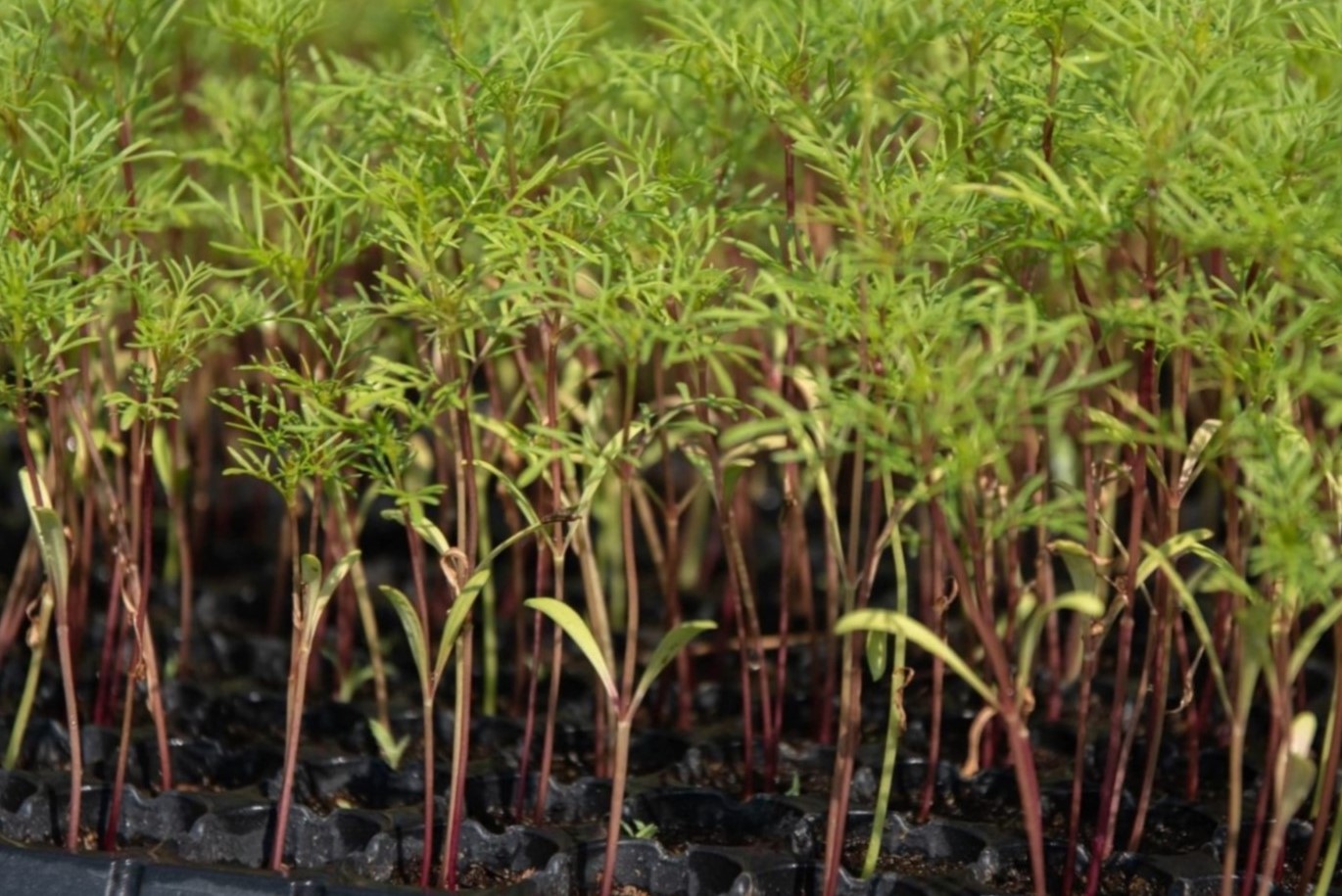
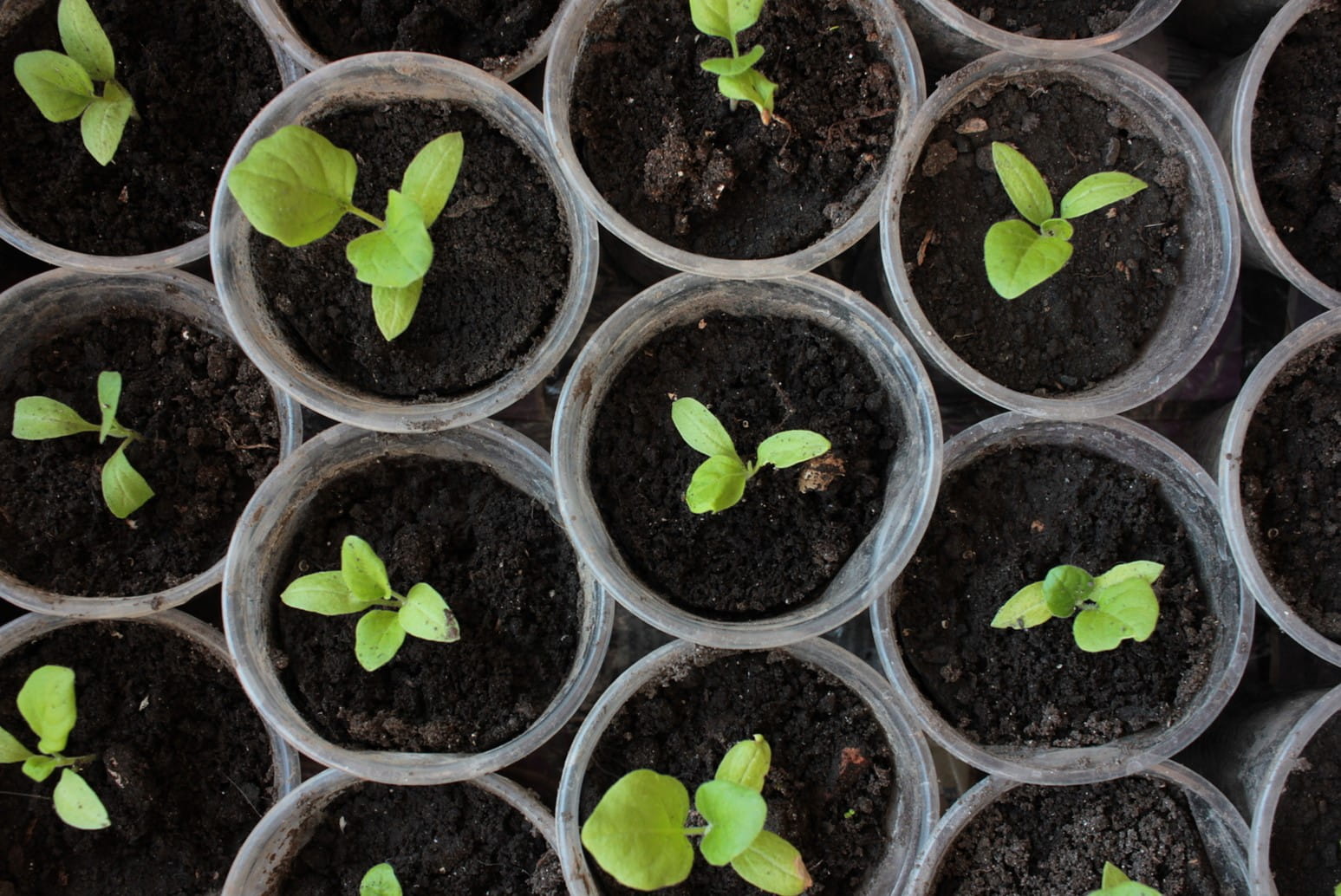
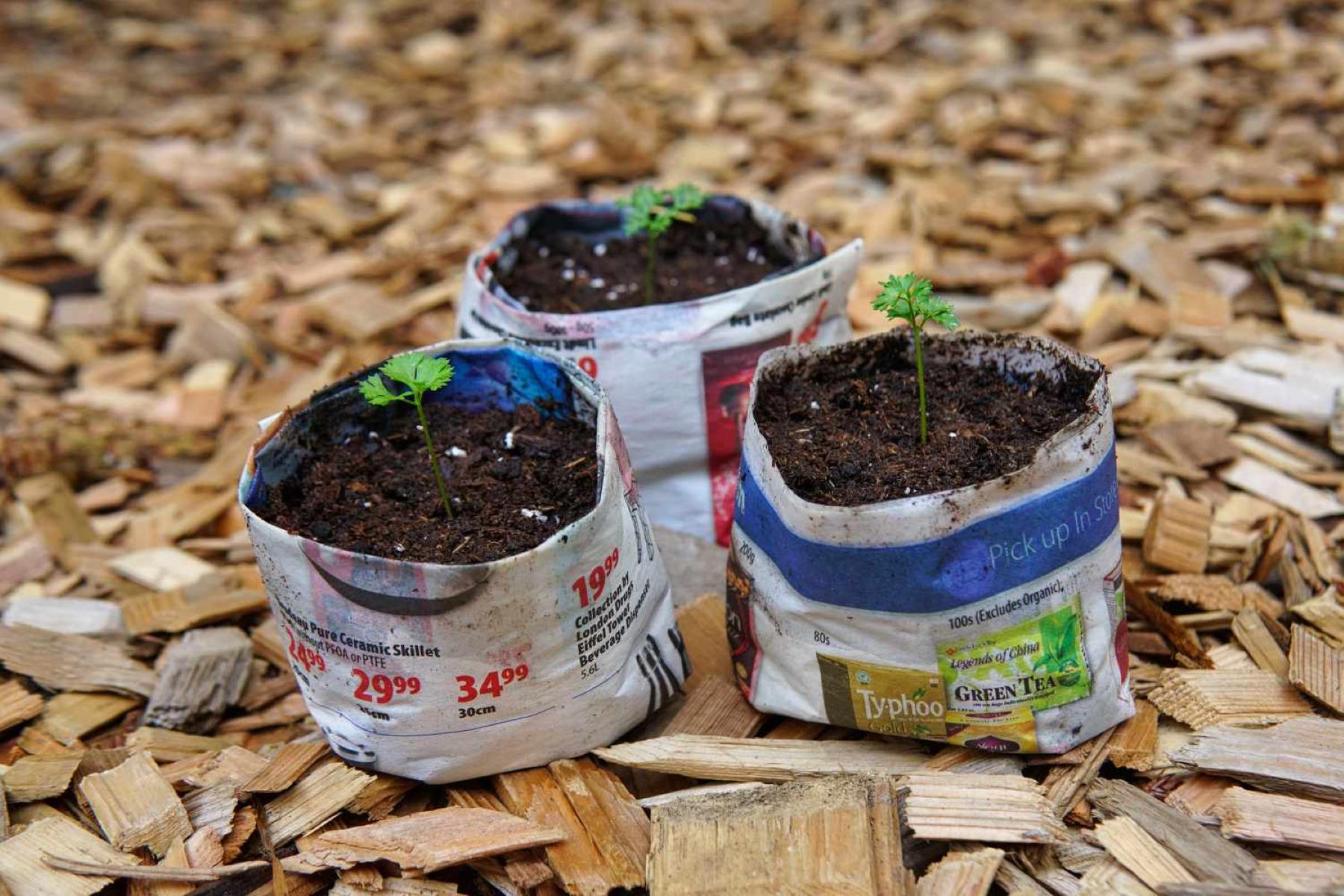
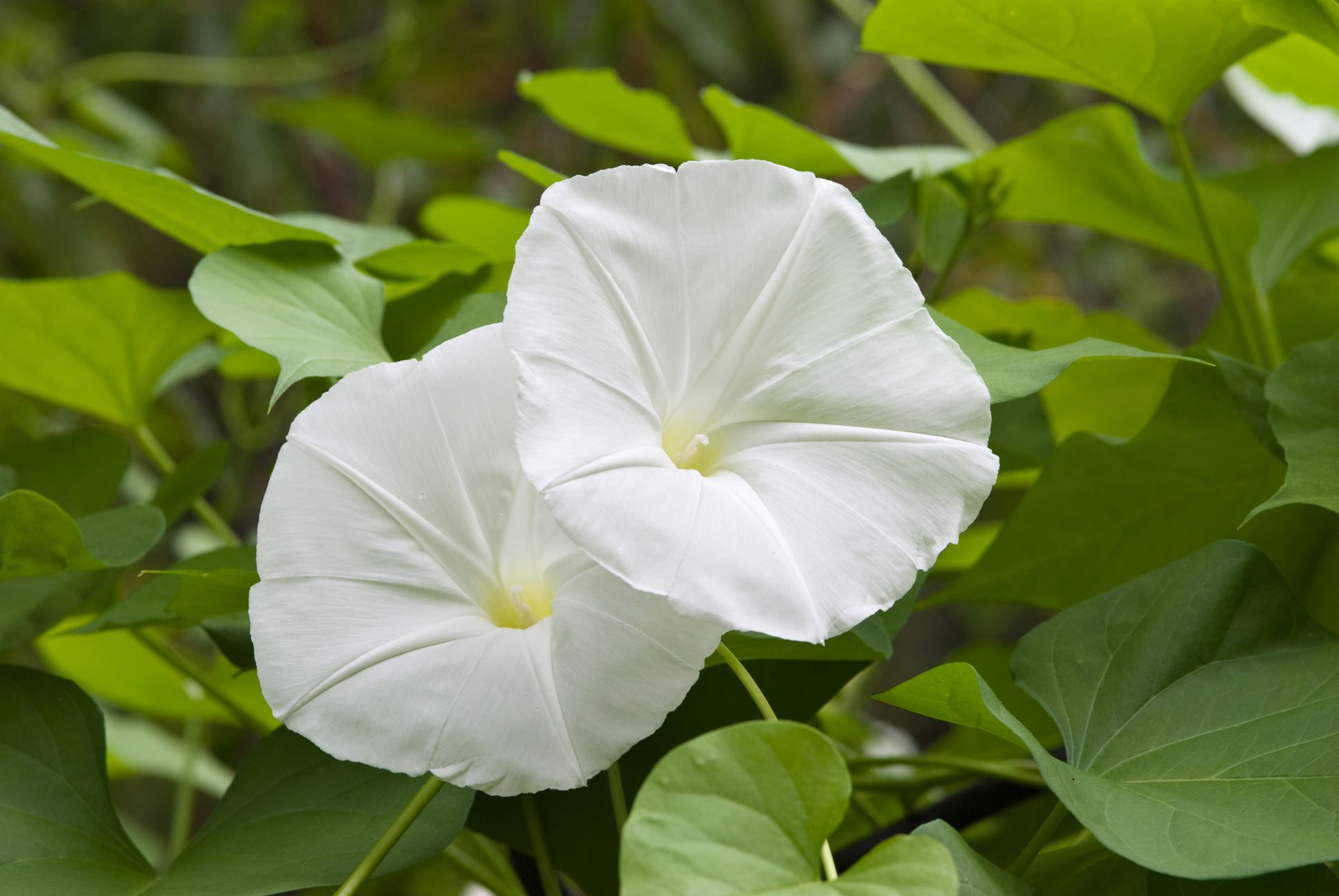
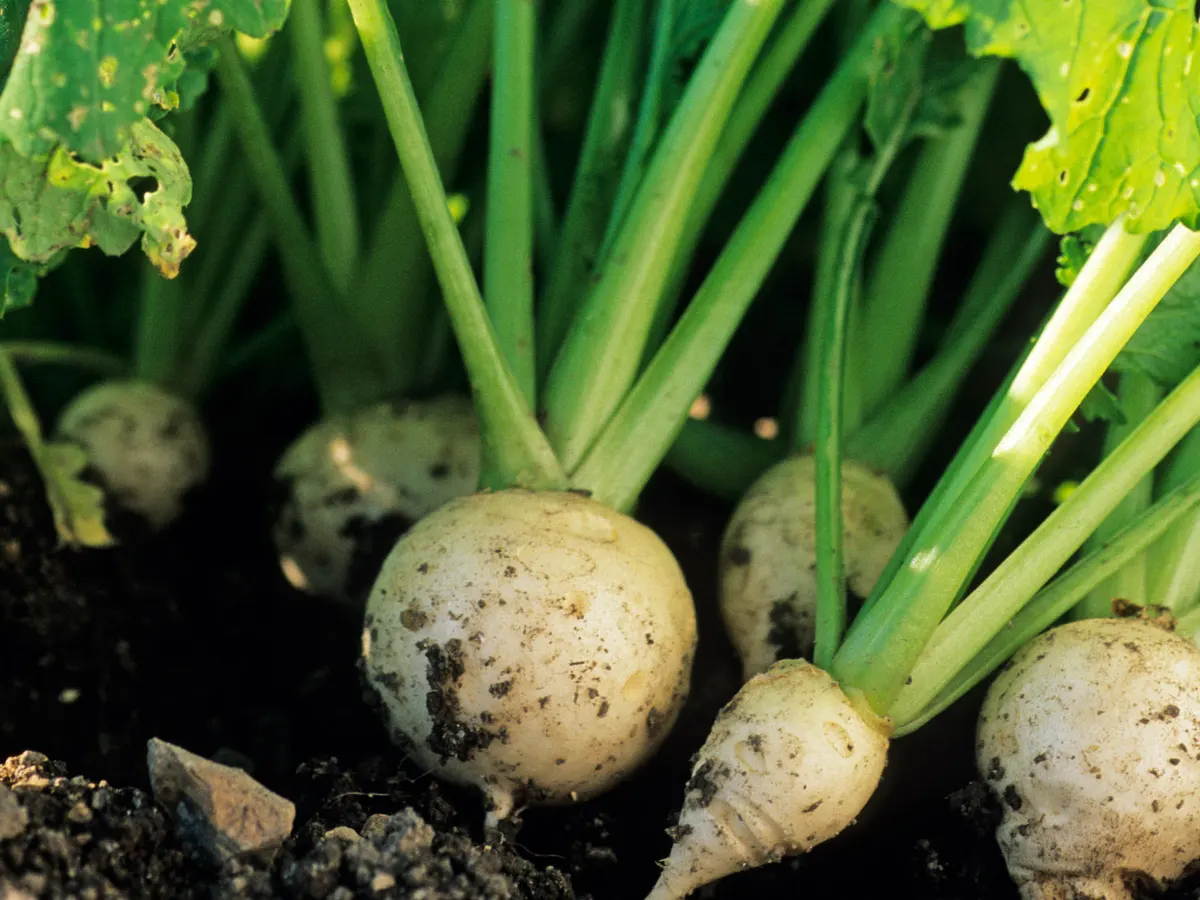
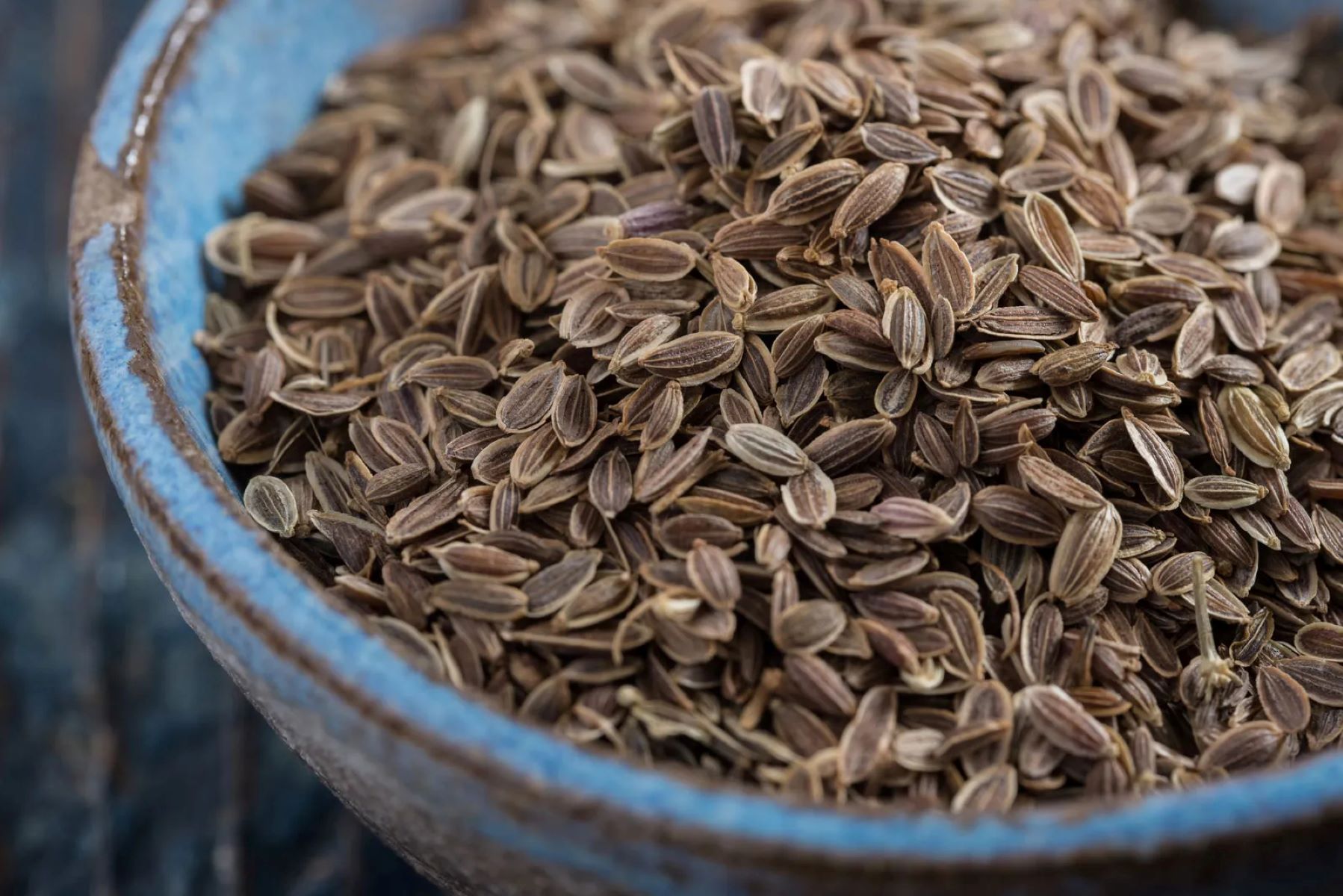
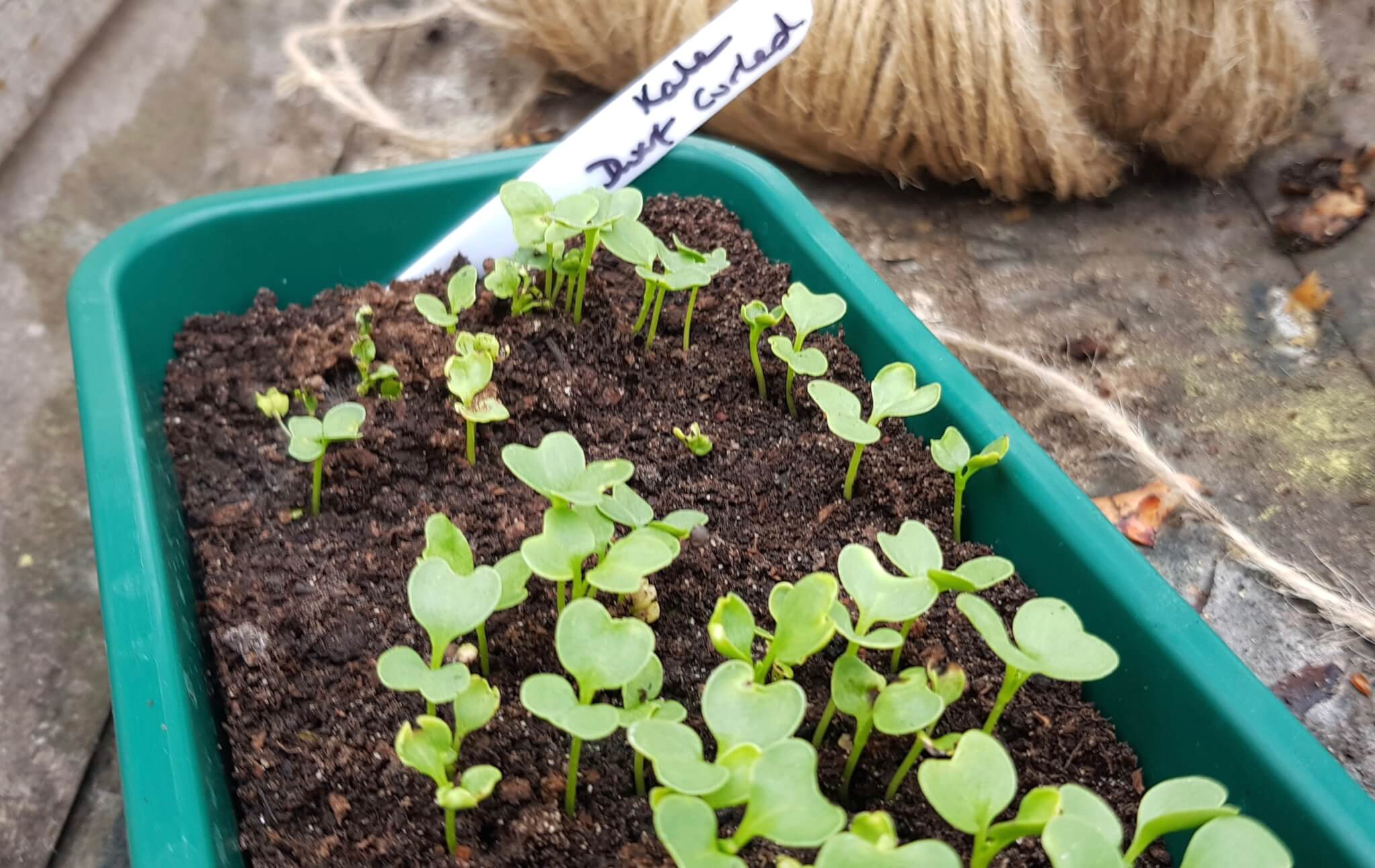
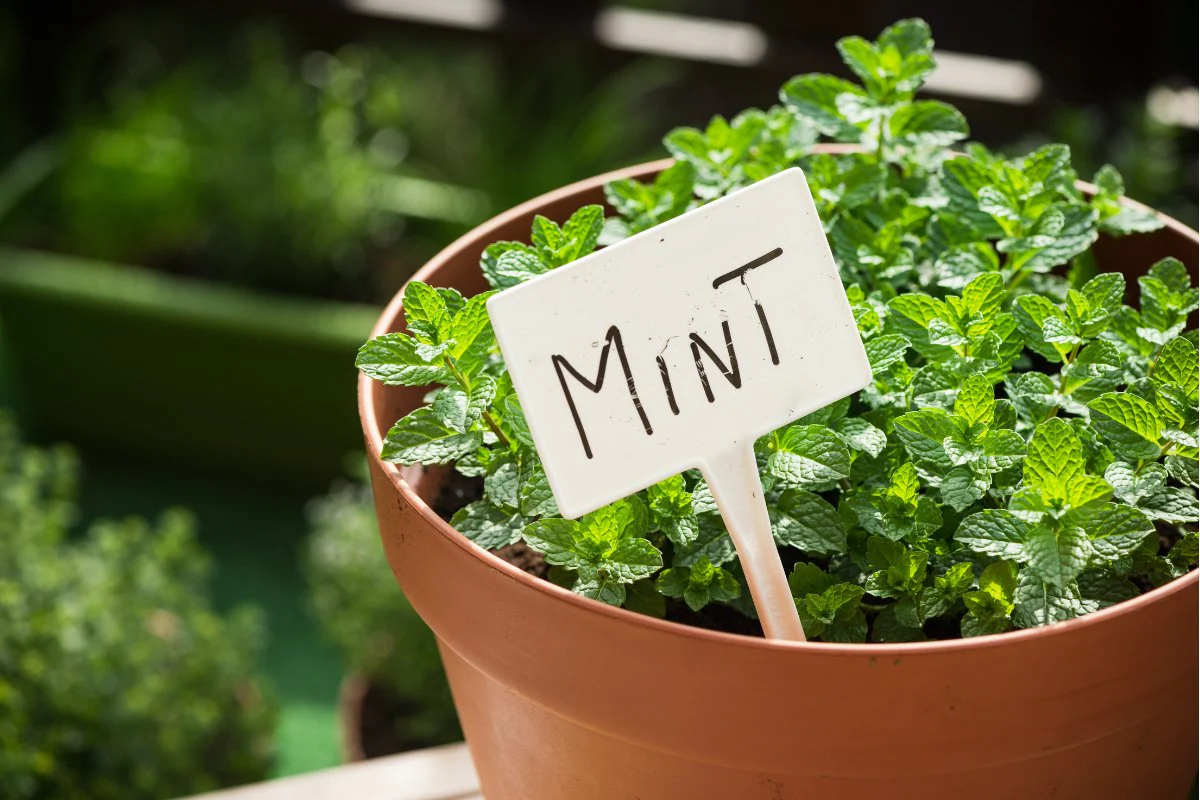
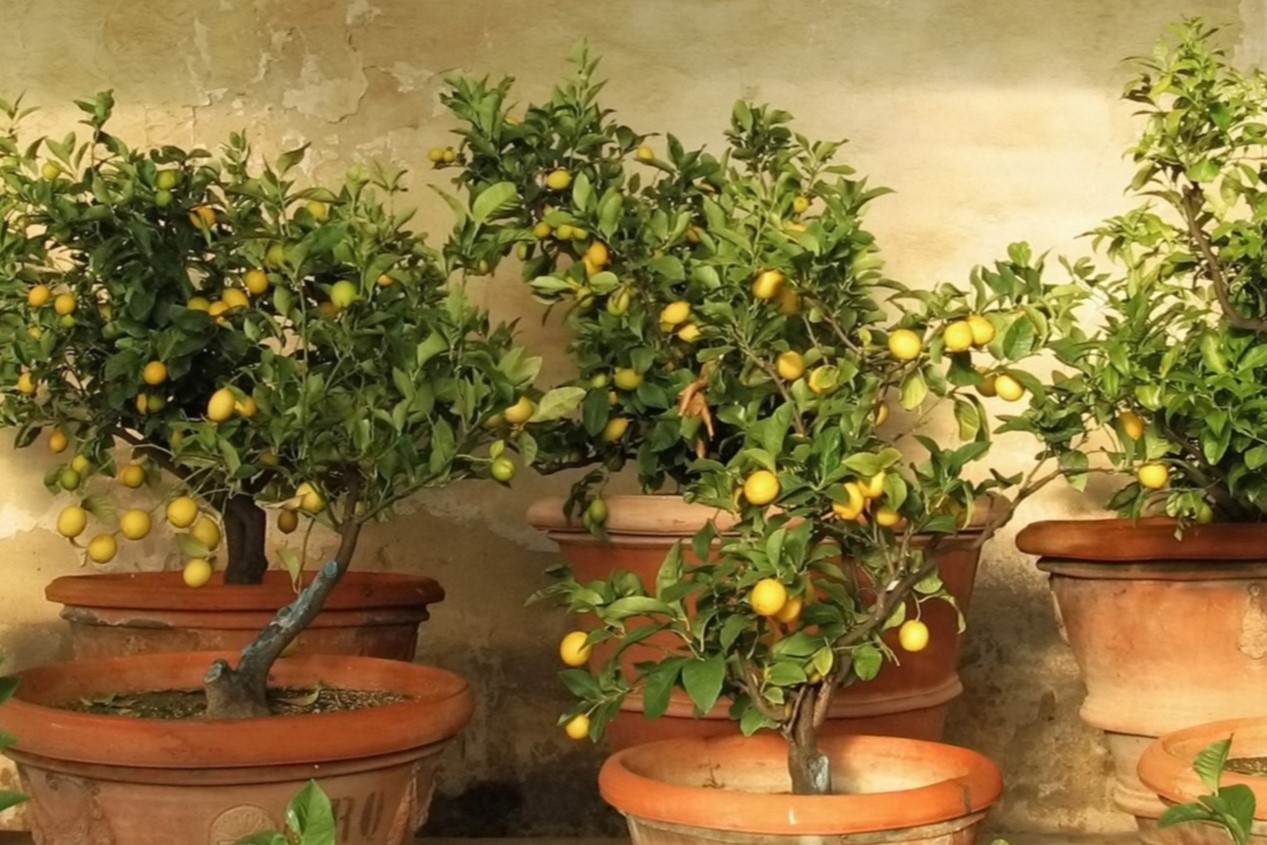
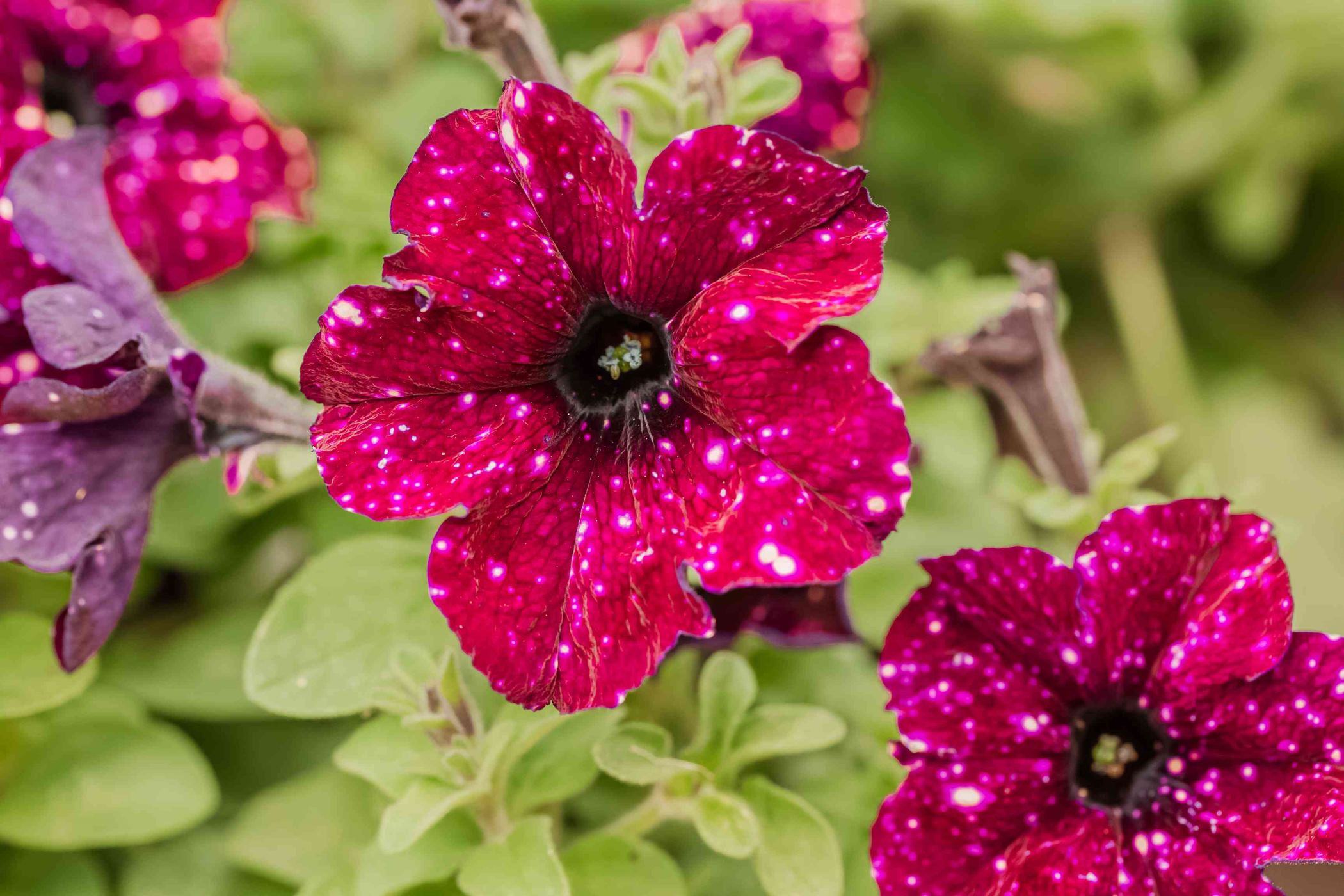
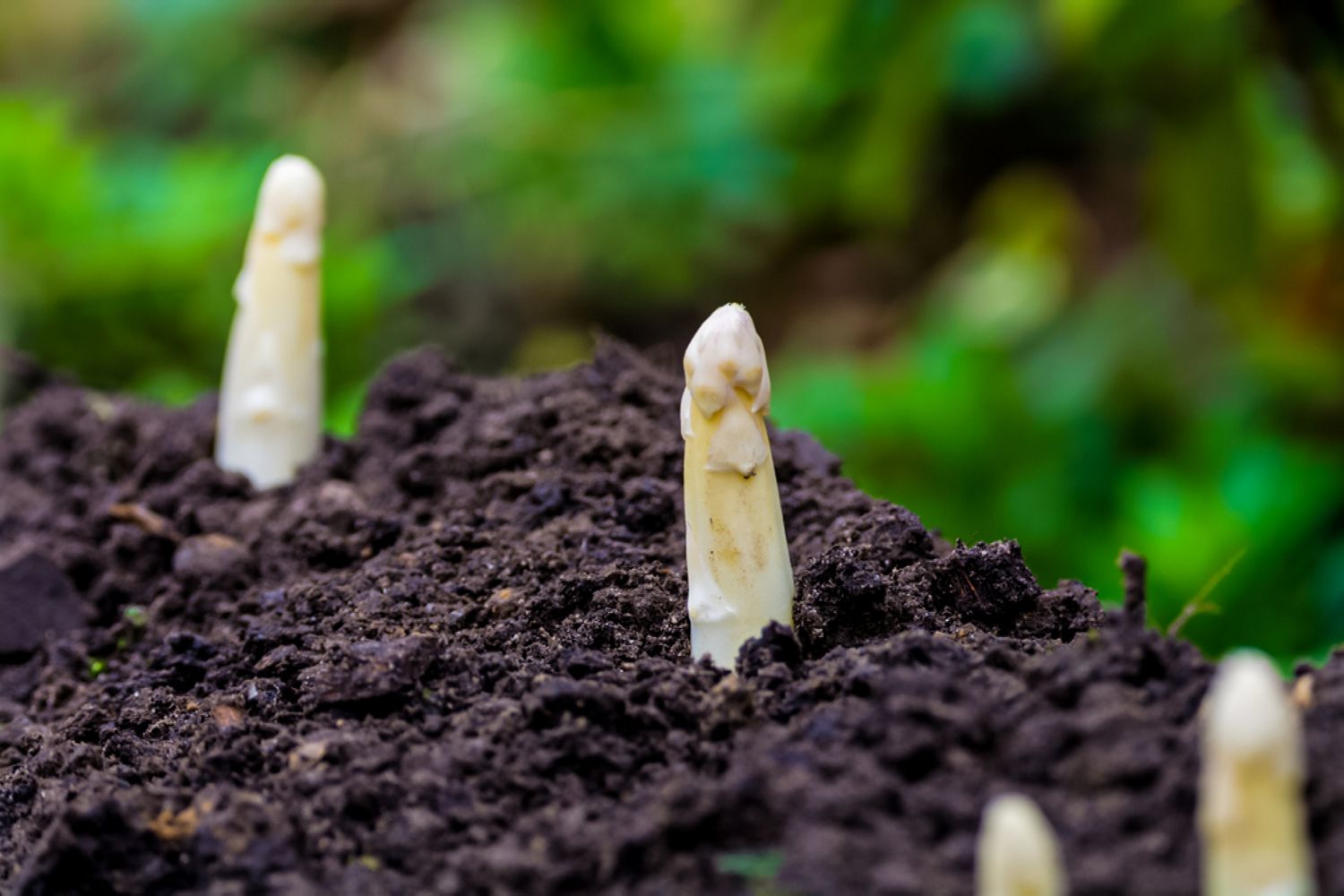

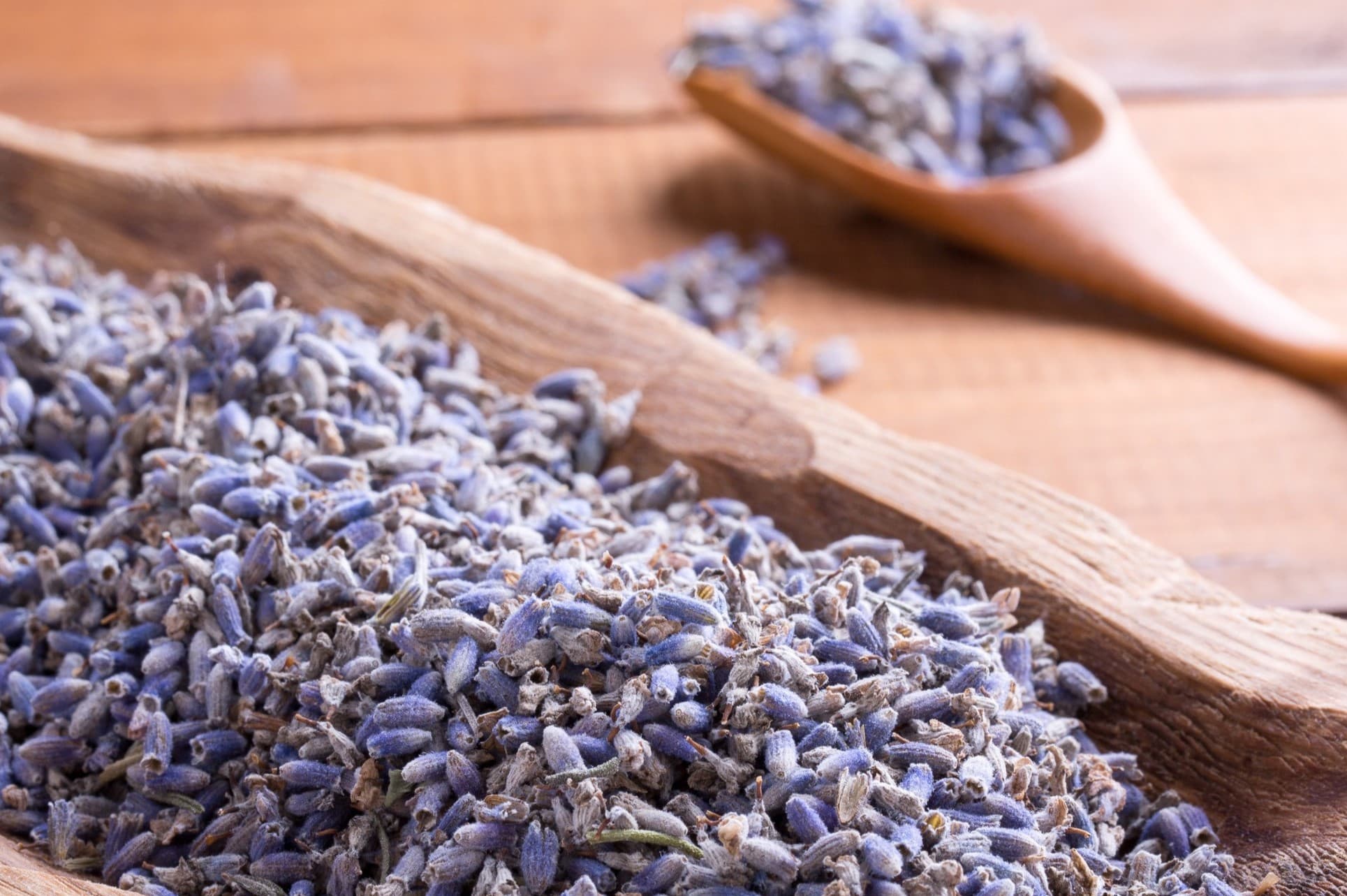
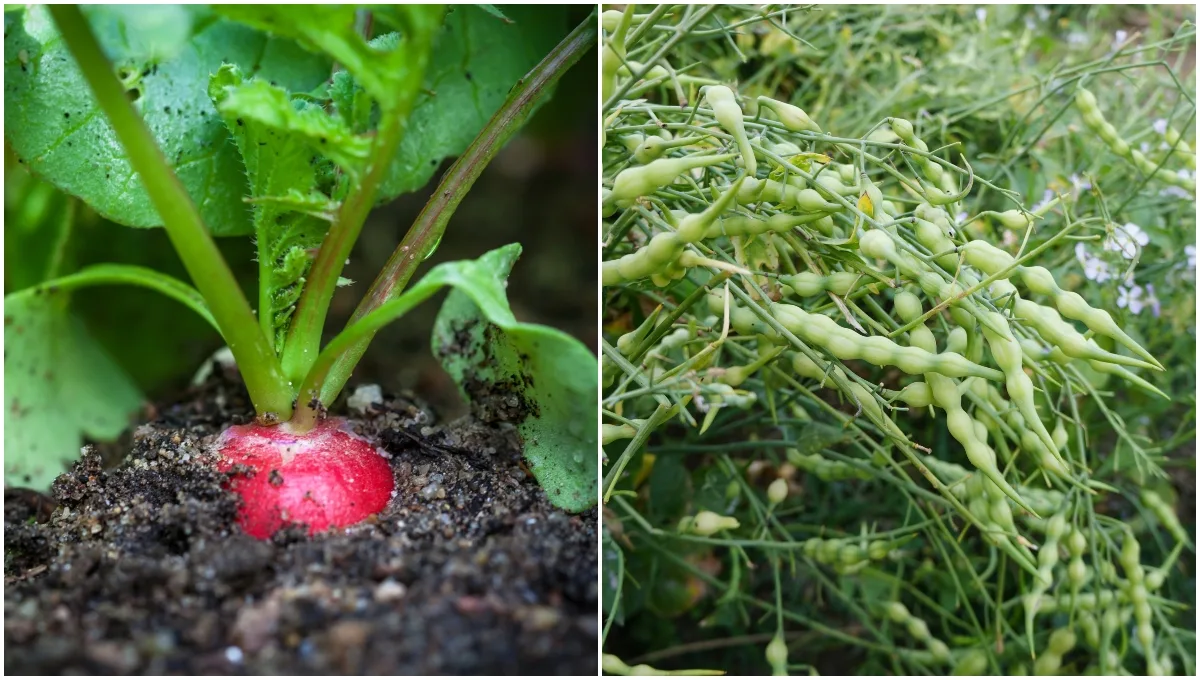

0 thoughts on “How Deep To Plant Coneflower Seeds”